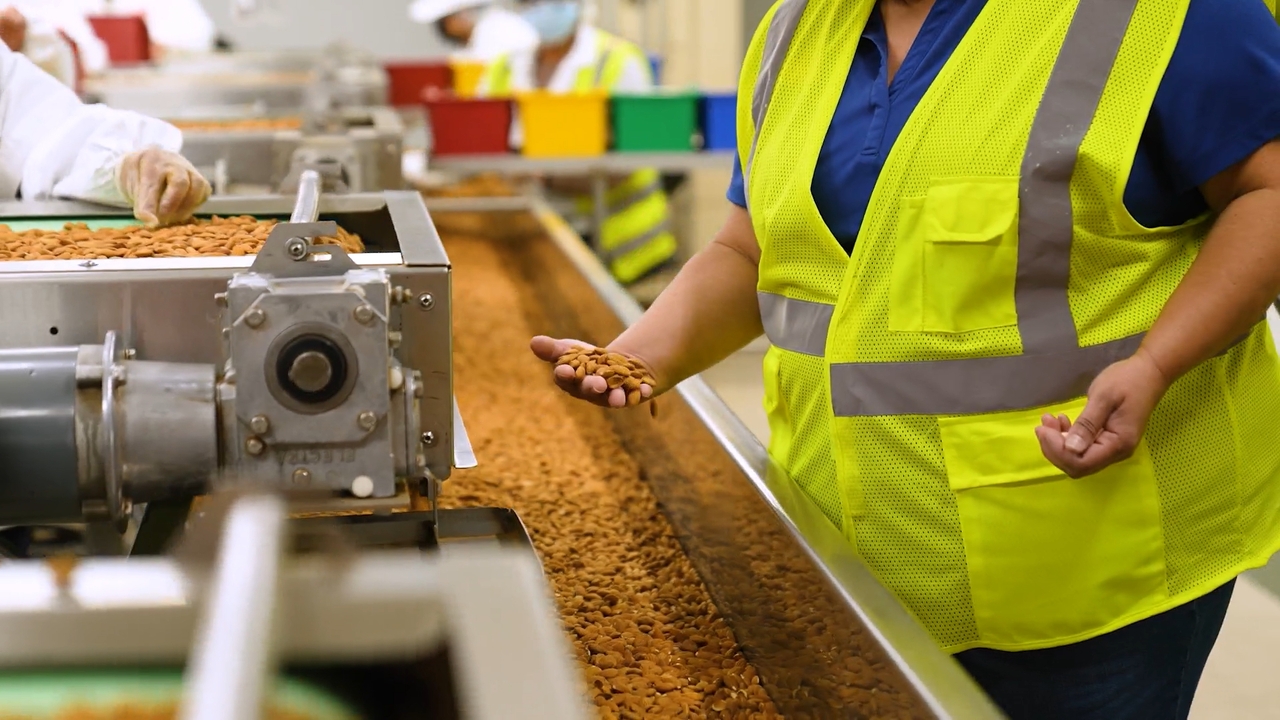


Red and confused flour beetles (RCFB) are common pests in stored product and grain facilities. Are you familiar with protecting your product from infestations from these beetles?
Red and confused flour beetles are two species of insect (red flour beetle, Tribolium castaneum, and confused flour beetle, Tribolium confusum). The species are closely enough related that they produce similar pheromones, are treated using the same methods, and are nearly indistinguishable from each other.In fact, the confused flour beetle purportedly got its name because of how easy it is confused for similar closely related beetle species.
Red flour beetles are native to Australia, while confused flour beetles are native to Africa; however, the beetles are known world-wide as pests of stored products. Both beetles do well in the temperate, climate-controlled facilities needed for the storage of grains, pet food, and other stored product. In the United States, stored corn is particularly vulnerable to these pests.
Adult females will lay approximately 450 eggs, which hatch into larvae in one to two weeks and quickly begin to grow by feeding on broken kernels of grain, flour, and other fine meal. In approximately six weeks, the insects will have grown from egg to breeding adult, after which they can live for up to a year.
These two species of beetles primarily pose a threat to stored products via the waste they leave behind. During their development, they leave behind droppings, cast shells, and a foul odor, spoiling product resulting in failed quality and food safety checks.. The beetles’ waste can result in growth of other contaminants, such as mold. Or leave the sentences as they were above and ending with an additional sentences such as “ Both these issues can cause product to fail food safety and quality checks, therefore resulting in spoilage and revenue loss.”
The key to managing red and confused beetles is monitoring. In general, this pest can be best controlled by vigilant sanitation processes (such as removing all grain dust, cleaning up spills, and disposing of old product). However, pest management professionals need to know the locations of infestations for these sanitation processes to be most effective, as well as timing of insect activity and abundance.
Pheromone lures, used in conjunction with a sticky floor trap, are an effective method to monitor the population levels of these pests. Like many other species of insects, female red and confused flour beetles produce a chemical known as a pheromone to attract mates. Suterra’s RCFB Septa Lure uses a highly concentrated amount of their aggregation pheromone to attract males to a trap, where they can then be collected and counted at the pest management professional’s (PMP) convenience. After discovering the presence of RCFBs, visual inspections should be conducted on nearby stored product to determine the location of the infestation.
Once an infestation is identified, PMPs have several options they may pursue. Neither of these beetle species can fly more than short distances, so localized treatments are effective. Heat and cold treatment to kill off beetles, as well as localized fumigation, can control populations of red and confused flour beetles.
If you have questions about pest control for commercial facilities, our experts at Suterra can help. Suterra offers pheromone-based monitoring solutions for red and confused flour beetle, warehouse beetles, Khapra beetles, and effective, innovative management strategies for Indian meal moth and Argentine ant. Contact us through our site or contact one of our commercial pest team members directly.